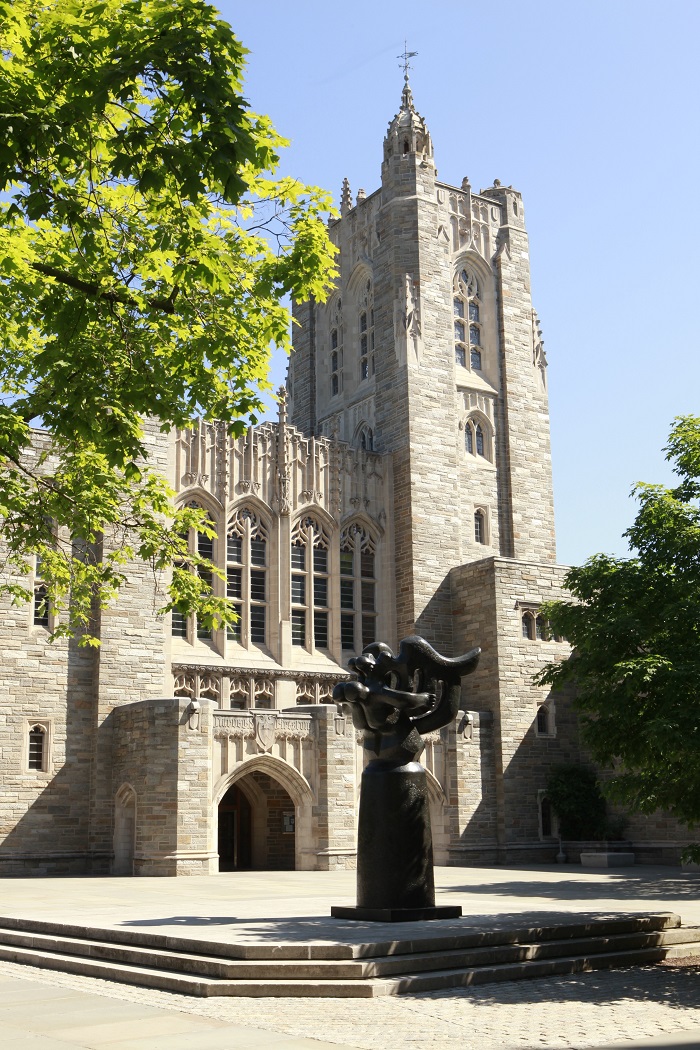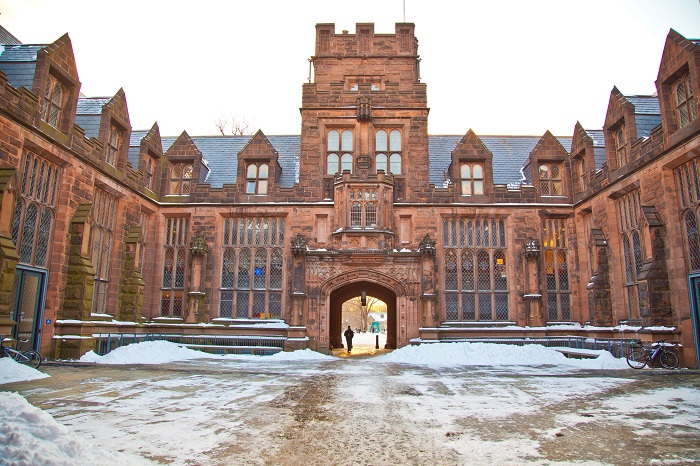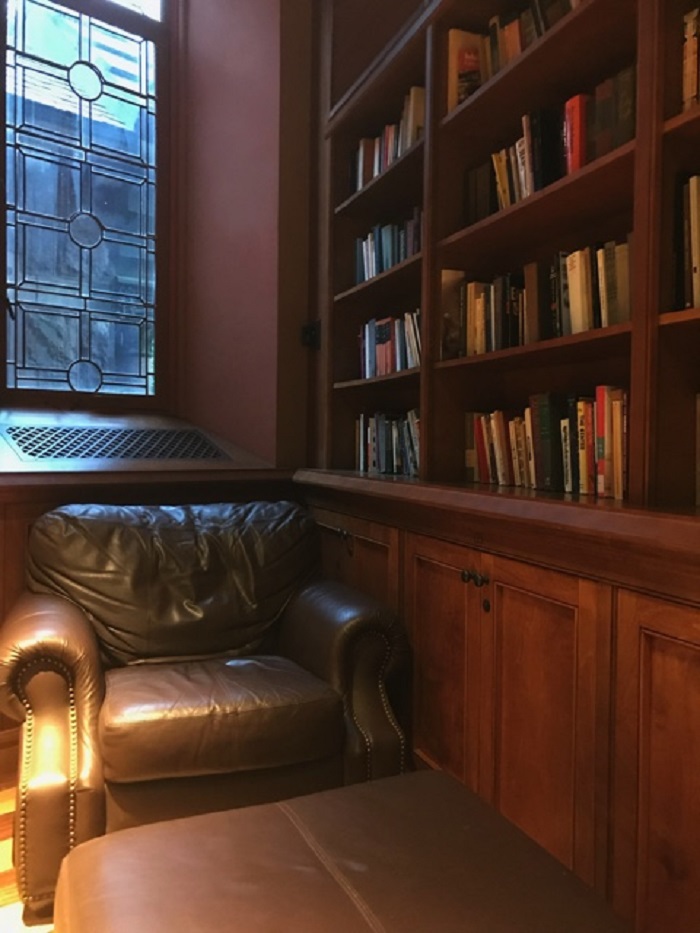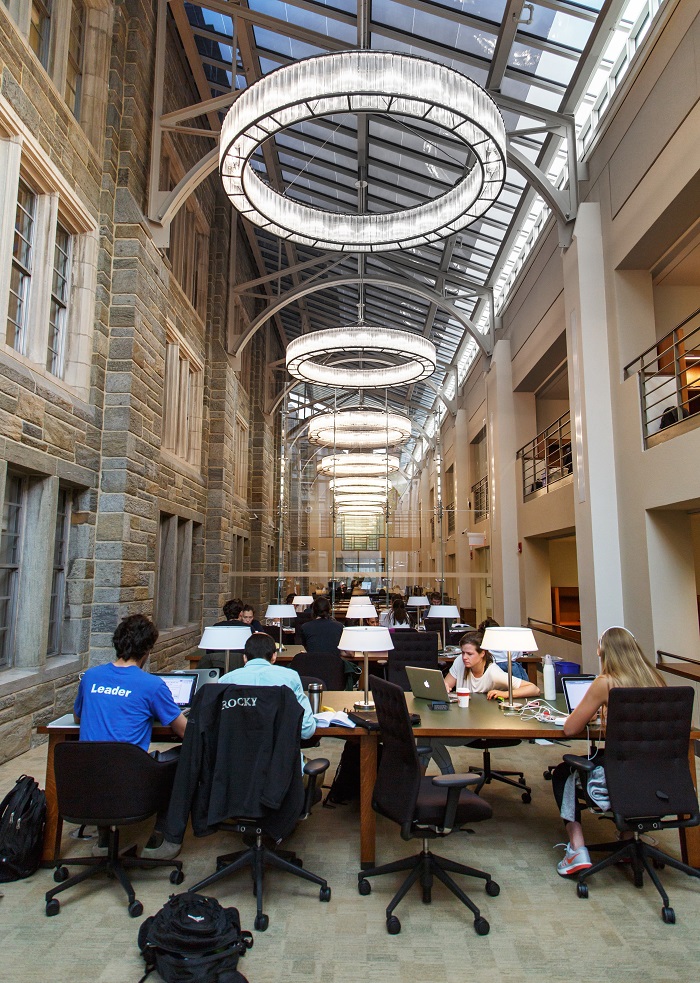By now, many members of the Great Class of 2025 are excitedly planning out their first-year fall. Although planning for a new chapter in your life is certainly exciting, there is a lot of information out there about Princeton University and trying to memorize it all is impossible. Tiger Bloggers, Patrice and Grady, hope that this post will put some of your anxieties to rest, by letting you know what you do and don’t need to know, from current Princeton students.
Before arriving... by Patrice McGivney
Do: Think about what you’ll bring to campus.
Consider what you will want on hand in your college dorm room, what you have room to take with you and what you can purchase once you get here. There’s lots of sample dorm room packing lists all across the Internet, and a post by fellow blogger Naomi Hess, so I won’t repeat anything here. If you live very far from Princeton, be sure to consider differences in climate and environment. This post I made earlier will hopefully help you out!
Don’t: Plan out all four years.
It might be tempting to plan out your next four years in advance, but to get the most out of the college experience, you’ll want to be open to new ideas. Many students discover a concentration they never would have considered in high school, take up a new sport or hobby, or find an unexpected employment opportunity during their time here. You’ll also have plenty of faculty, staff and peer advisers to help you plan once you get here.
Do: Spend time with friends and family.
Especially if you’re moving far away, your time might be limited with good friends from high school and your family once you’re a college student. Make the most of your summer, whatever that looks like for you, and take plenty of pictures to hang up in your dorm room to remind you of your loved ones.
Don’t: Be scared!
The transition to college is a big one, and it can be nerve-racking. But Princeton is a wonderful and welcoming community, and you’ll do amazing things here!
When you’re here... by Grady Trexler
Do: Try all the different dining halls.
There are six dining halls at Princeton: four residential, a graduate dining hall and the Center for Jewish Life. For the first few weeks of the semester, I just ate at Wilcox, which was closest to my dorm, but I quickly learned to try other options. Each dining hall has a different vibe, and some nights, I’m just in the mood for a Whitman dinner.
Don’t: Ask other students if they’re also first-years.
This was more embarrassing than I expected it to be — you meet someone new, you think they look just as confused as you are, so you ask them the dreaded, “Are you a first year, too?” only for them to tell you that they are a senior. Mortifying for everyone involved. Try “What's your class year?” instead.
Do: Form study groups for your more difficult classes.
This was something I didn’t do a lot in high school, preferring to get my work done alone, but I quickly felt out of my depth in some of my harder classes. The earlier you can form a study group with your peers, the better.
Don’t: Walk to the library without your computer.
A companion piece of advice — don’t get all the way to the library and realize your laptop is back at your dorm (or, for that matter, your notebook, your pens, etc.)
Don’t: Get locked out of your room.
At Princeton, you carry a “prox” everywhere you go — a student ID card which accesses buildings (including your dorm) and holds your meal swipes. Don’t leave this inside your dorm room or you, like me, may find yourself locked out of your room on a 30 degree Fahrenheit night in February, having to trek down to Public Safety to get a temporary card.
Well, there you have it — our nine do’s and don’ts for your first semester. Are we experts? Not at all. But here are just a few things we’ve learned!













